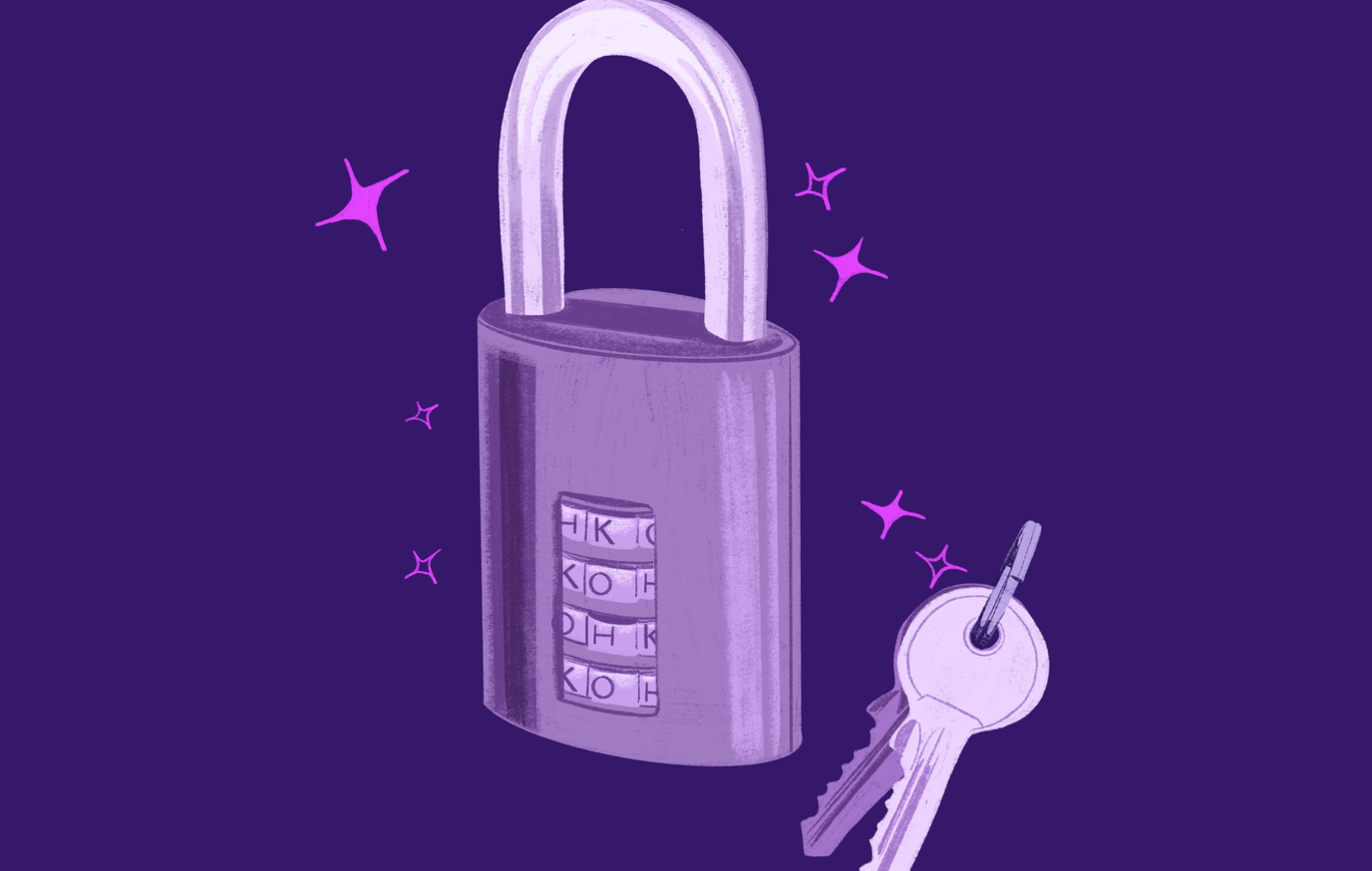Picture this: It's a calm Sunday morning. You're sipping your coffee, enjoying a slow start to your day. Then, out of nowhere, your phone buzzes. It’s an email from your bank—your username and password have been compromised. Panic hits. Your heart races as a wave of anxiety takes over.
But then, you take a deep breath and remember: you've got 2-Step Verification enabled. Relief washes over as you realize your account is safe. That's the power of online safety in action.
In today’s hyper-connected world, cybersecurity is more important than ever. With everything from online shopping to managing your money happening at the click of a button, we’re more vulnerable than ever to cyber threats.
Cybercriminals are constantly evolving, and it no longer takes physical access to your devices to steal your information. That's why protecting your accounts isn't just smart—it's essential.
What is cybersecurity?
Think of it as the digital lock on your virtual front door. It’s the practice of protecting your personal information, money, and identity from cybercriminals. Whether you're shopping online, managing your bank account, or browsing the web, cybersecurity keeps your:
Personal information safe.
Money protected while making transactions.
Devices virus-free.
But even with solid security in place, phishing is still an issue. Phishing is crafty attempts by cybercriminals to steal your sensitive information—usually through fake emails or messages designed to look legitimate. Just one wrong click could give a hacker access to your passwords, bank accounts, or even your identity. That’s why it's important to know how to protect yourself online prioritise your data protection.
How does 2-Step Verification work?
At KOHO, we understand that you want to feel secure when managing your money, that’s why we have 2-Step Verification. It acts like your personal digital bodyguard, making sure that no one but you can access your account.
It’s an extra layer of protection that goes beyond entering your password. Even if someone gets hold of your login details, they still can’t access your account without passing the second step. Think of it as a two-key system—both keys are needed to unlock the door.
Here’s how it works:
You log in as usual with your username and password.
Then, you’re prompted to provide a second form of verification, like a code sent to your phone or through an authenticator app.
Only after entering that second code can you access your account.
This additional step improves your account security, making it much harder for unexpected people to break in—even if they know your password. And the best part? If someone tries to access your account, you'll be notified immediately, giving you the power to act before any damage is done.
Why do I need 2-Step Verification?
By now, you're probably wondering: Do I really need 2-Step Verification? The answer is YES!
Here’s why:
Enhanced security
It adds another barrier between your account and cybercriminals.Peace of mind
You can rest easy knowing your account has an extra layer of protection.Early warning system
Any unexpected attempt to access your account triggers an alert, so you’ll know right away if something suspicious is happening.
But 2-Step Verification is just one part of the puzzle. To truly protect yourself online, adopting a well-rounded approach to cybersecurity is essential—starting with cyber hygiene.
What is cyber hygiene?
It’s all about developing good security habits, like brushing your teeth every day to avoid cavities. By following these best practices, you can reduce your risk of cyber threats.
Regularly update your passwords
Change your passwords often and avoid using the same one across multiple accounts. Use a mix of uppercase, lowercase, numbers, and special characters for added strength. Better yet, use a password manager to create and store secure passwords.Be cautious of suspicious links
Always hover over links before clicking to see where they’ll take you. If something feels off or looks too good to be true, it probably is. Don’t trust emails or messages from unknown sources asking for your personal information.Monitor your bank statements
Regularly review your account activity to make sure there are no unfamiliar transactions. If something looks odd, report it to your bank right away.Enable 2-Step Verification
Of course, setting this up on all your important accounts is a must. This includes not only your bank accounts but also your email and social media profiles.Install updates right away
Make sure you keep all your devices and apps up-to-date to keep your account safe.Use strong, unique passwords
Avoid using common phrases like “password123” or personal details such as birthdays. Strong passwords are your first line of defense.Backup your data
Always have a backup plan in place. Whether you store data on an external hard drive or in the cloud, having a copy of important files can save you if you're ever locked out.
How can I get started?
It’s easy to think, “It won’t happen to me”— until it does. Cybercriminals are getting smarter, but you can stay one step ahead by making security a priority. Signing up for 2-Step Verification is quick, easy, and incredibly effective at protecting your account from unauthorised access.
At KOHO, we’ve made it simple for you to set it up. By taking a few small steps now, you can enjoy your morning coffee with the confidence that your accounts are locked up tighter than ever.
